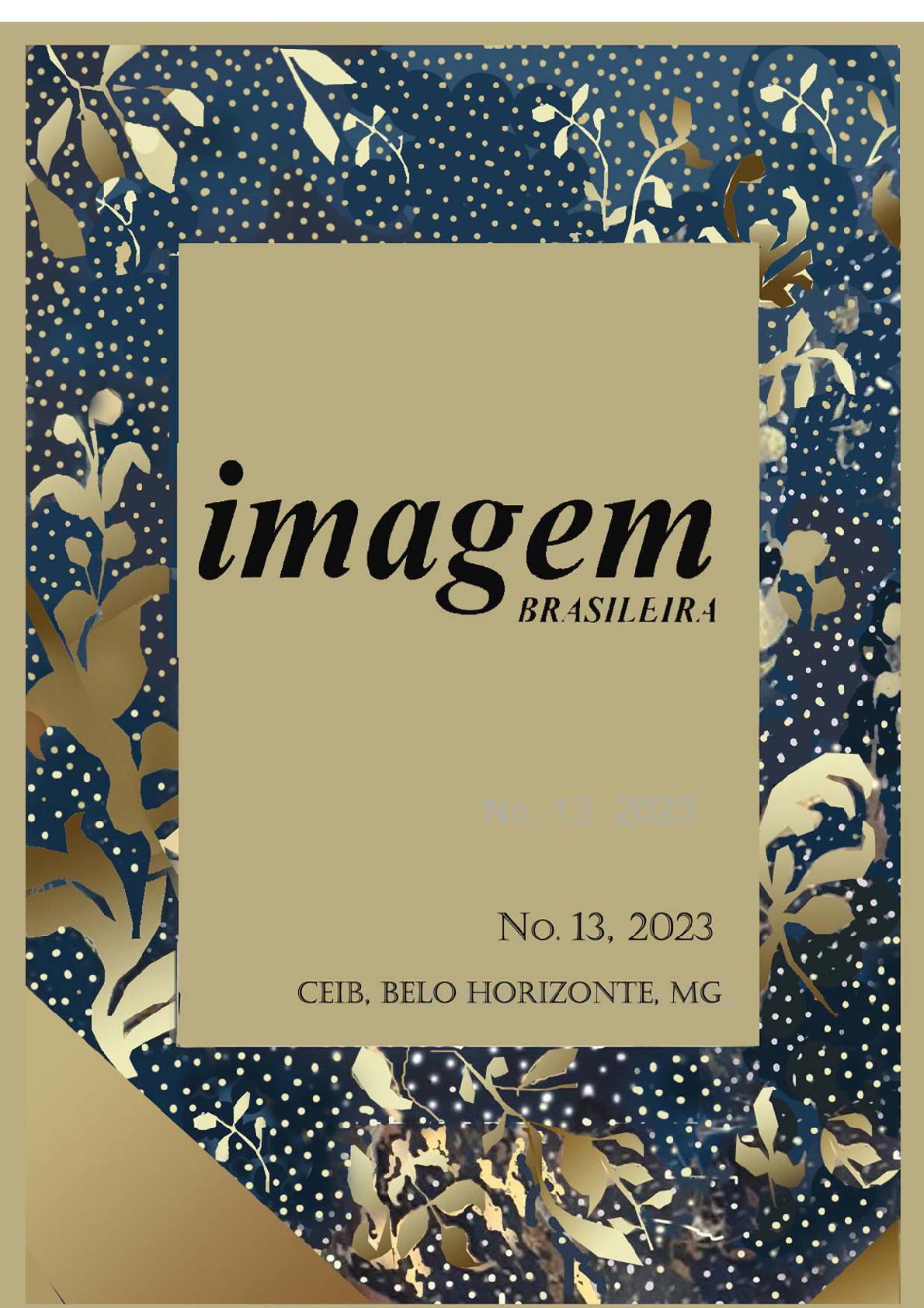“SÃO PEDRO ARREPENDIDO” (MONASTERIO DE SÃO BENTO DA BAHIA)
AN INITIAL STUDY OF THE TECHNIQUES AND MATERIALS THAT MAKE UP THE CERAMIC SUPPORT
Keywords:
Sacred sculpture, Ceramic Sculpture, Sain Pedro Arrependido, Techniques and materials, Friar Agostinho da PiedadeAbstract
This work deals with the initial study from the point of view of the techniques and materials of
the sacred sculpture, modeled in clay, “São Pedro Arrependido”, authored by the Benedictine
monk Frei Agostinho da Piedade and belonging to the Monastery of São Bento da Bahia. The
aforementioned study makes a brief presentation of the historical context of sculpture in Brazil, and then addresses aspects of the life of the Benedictine friar. It continues by dealing with the
constitution of the modeling technique, polychromy, and its current state of conservation, then
bringing up questions related to discussions about the authorship of the piece. The work ends
with descriptive information about the techniques and materials, presenting the technical and
scientific examinations carried out on the sculpture until the moment this work was prepared,
with the aim of understanding the entire process of its construction. This is initial research that
has not yet been completed, however, it raises important questions to be considered and
discussed.
Downloads
Published
Issue
Section
License

This work is licensed under a Creative Commons Attribution-NonCommercial-NoDerivatives 4.0 International License.


